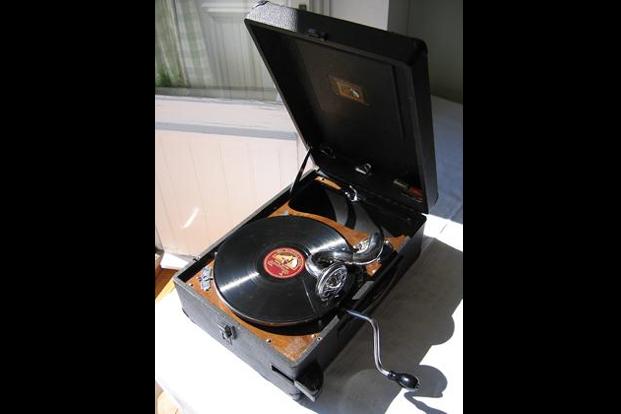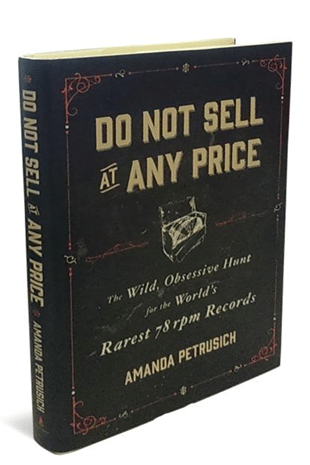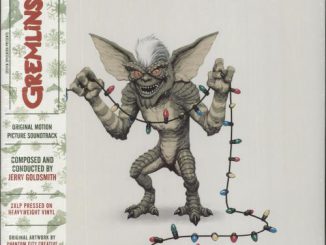Only the 78 rpm record collector can rescue key moments in American music from oblivion….

In recent years, there has been a spurt of interest in vinyl records. This resurgence can be seen as a reaction to the over-saturation of digital music, perhaps even a desire to experience that elusive “warmth” that record collectors claim analogue music possesses. But within the narrow confines of record collections, there is a secret club of enthusiasts who obsessively track down and hoard artefacts from a bygone era: the 78 rpm record. Amanda Petrusich’s book, Do Not Sell At Any Price: The Wild, Obsessive Hunt For The World’s Rarest 78rpm Records, provides a fascinating look into the rarefied world of 78 rpm collectors, what drives them, and the records they covet. The 78 rpm disc is the precursor to the modern vinyl record. The 78s, as they are called, were usually 10 inches in diameter, thick and made of shellac. Each side of the record could hold about 3 minutes of music.

Ever since the late 1940s, when collectors of 78 rpm records reared their heads, an image has been formed of the stereotypical enthusiast. If you have watched the Terry Zwigoff-directed film Ghost World (starring a very young Scarlett Johansson and Thora Birch), you’ll get the idea. There is a scene in the movie where a group of geeky male collectors at a party can be seen going into raptures and caressing their precious 78s, ignoring the two women in the room. There is some truth in clichés. Almost all the collectors are men, invariably white, and usually well-off. Many of them have difficulty in interacting with society and have few friends outside their collector circles. Petrusich interviews many such characters in her book, including famous comic book artist Robert Crumb. As if to bust the myth surrounding the cult of the 78 collectors, she meets those who have wives and families and interests other than collecting and seem to lead “normal” lives. But she discovers that certain traits bind this motley bunch. Mainstream society may find their habit somewhat creepy, but the collectors usually consider themselves archaeologists of sorts, unearthing treasures worth preserving. It often takes years to hunt down a particular record and collectors are dismissive of dilettantes who have neither the time nor the energy for this. Shellac records are extremely brittle and shatter easily. Since there are virtually no master tapes of songs from the 1920s and 1930s, battered records are the only way to hear such songs. Sometimes, there is only a single copy of a particular record that is extant, and if that is destroyed the song is lost forever. Indeed, some records by acclaimed musicians have not surfaced in 70 years. The desire to hunt down elusive records can reach dizzying proportions. John Tefteller, a US-based record dealer and collector of some 400,000 records, paid the eye-watering amount of $37,100 (around Rs.23 lakh now) to procure a pristine copy of bluesman Tommy Johnson’s Alcohol And Jake Blues in 2013. And Tefteller already had a copy of the record with him. The collectors are also quite fastidious about their particular areas of interest and think of themselves as arbiters of taste and what is worth preserving. Among the thousands of titles that were cut in the US before World War II, they consider only a few hundred to be worthy. Most of these records fall in the blues, jazz and hillbilly music categories, and critics believe they form the bedrock of contemporary music. Do Not Sell At Any Price will probably not induce you to start buying 78s. In fact, you will get the sinking feeling that it is a very lonely job collecting them. But thank God for these outliers in society—how else could we have heard some of music’s lost treasures, albeit in a digital form? Do Not Sell At Any Price: The Wild, Obsessive Hunt For The World’s Rarest 78rpm Records by Amanda Petrusich (Scribner, 260 pages, $25, or around Rs.1,500).
This article was written by Kingshuk Niyogy of Live Mint



Be the first to comment